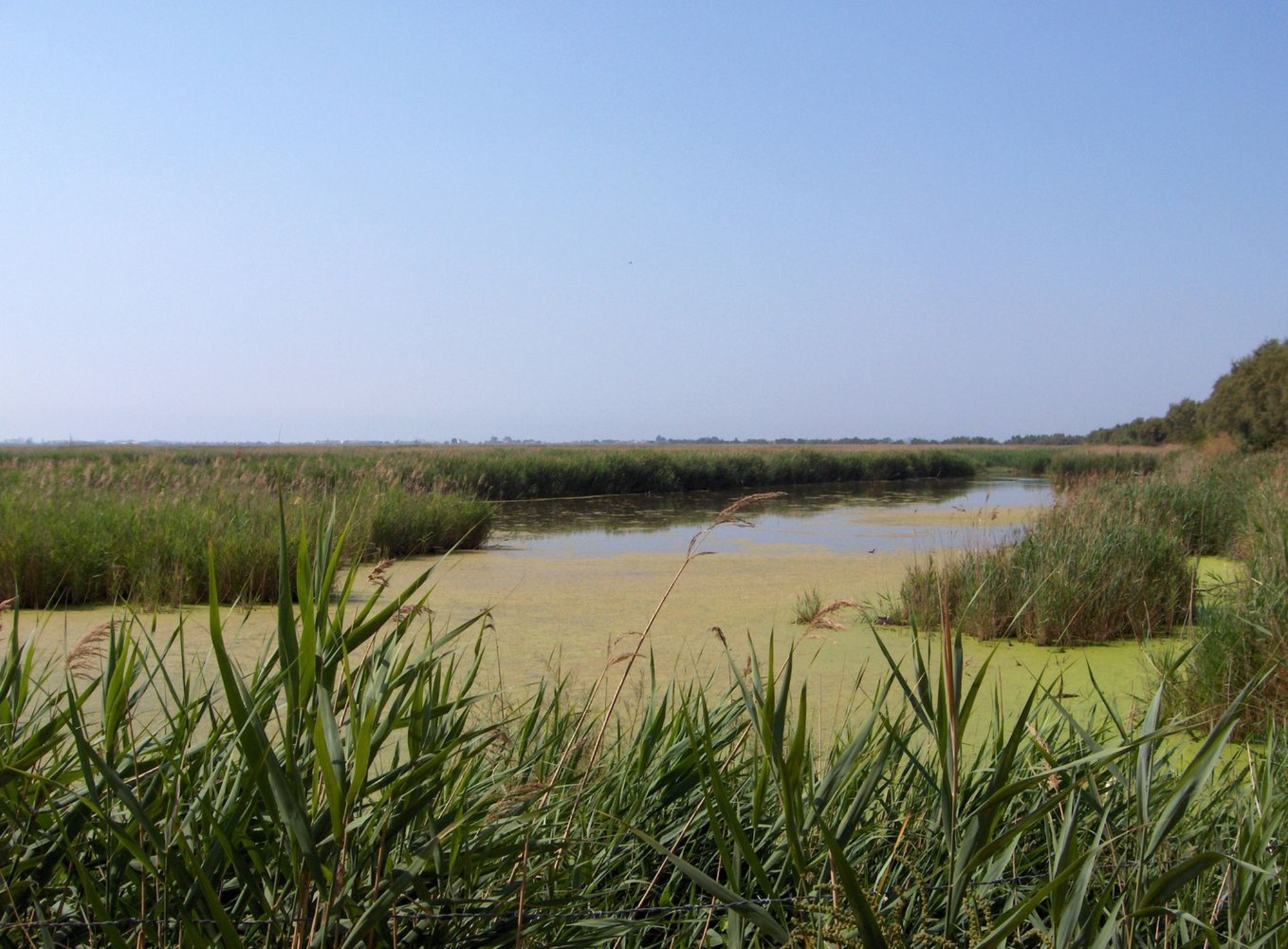
- Home
- A wattery landscape
- Agriculture
Since the Neolithic Era, a large portion of what we eat is the result of agriculture. At Lattara – as in other areas in the south of France – the land around the town was used for growing grain, fruit and vegetables.
The Lattarenses put most of their efforts into growing grain, particularly barley and wheat. Einkorn wheat and millet were also grown, especially after 450 BCE, but oats seem to have been absent. Leguminous plants were widespread, as well – lentils, peas, broad beans, sweet pea and – to a lesser extent – chickpeas, vetch and alfalfa. Threshing areas were probably located outside the town, near the fields under cultivation.
Grapes were also grown. Wine-making is attested as of the fifth century BCE, but it was not until the third century BCE that this activity developed strongly, as shown by the traces of vineyards found during excavations at the site of Port Ariane. It was also at this time that grapeseeds are found in great quantities, mainly in domestic waste.
We also have evidence of fruit-growing; in addition to grapes, olives, figs and coriander appeared in the fourth century BCE. Olives were used particularly for making oil. More recent archaeological layers have revealed the presence of the pits and shells of walnuts, hazelnuts, pine nuts, cherries, plums, sloes and peaches.
All of these various agricultural products were stored in domestic settings, in either urns or dolia.






